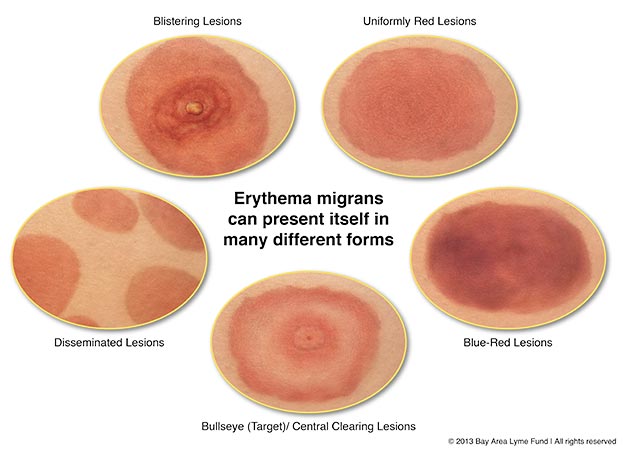
Tick Season
Did you know that around 3,000 people in the UK contract Lyme disease (Borreliosis) from tick bites every year* and that Lyme disease is more prevalent than previously thought?
As spring approaches, so does something far less appealing... tick season. Continue reading to learn more about ticks, the issues they can cause and how to prevent them from affecting you and your furry friend.
What are ticks? 
There are over 850 species of ticks world-wide, living mostly in the countryside and park-lands, feeding off the blood of passing animals. You rarely feel a tick bite as their saliva contains an anaesthetic. However, this is dangerous as in some cases their bite can be fatal...
Lyme Disease
The largest and most prevalent health risk from tick bites is Lyme Disease. Ticks initially get the disease by biting infected animals such as deer and mice. An infected tick needs to be present on the skin for at least 36 hours to transmit Lyme Disease, therefore fast and total removal is imperative if preventative measures have not been employed.
In dogs, Lyme Disease symptoms include:
- Lameness
- Swollen Joints
- Fevers
- Kidney Failure (although this is a rare occurrence)
Whilst in humans, symptoms include:

It is important to regularly check for ticks for both your own and your pets well-being. Check for ticks on your dogs head, muzzle, neck and behind the ears. Then, work your way down the body, looking for lumps. If you do find any, part the hair to take a closer look. The area may be painful and swollen.
Treatment & Prevention:
Early localised Lyme Disease treatment requires 10-14 day antibiotic treatment. Later Lyme disease treatment requires intravenous antibiotic treatment followed by up to 28 days oral antibiotic course. Dogs are commonly treated with chemical oral or ‘spot on’ treatments like Frontline. However, there are other preventative options which can be used by humans and their pets.
At Slickers we are advocates of chemical free treatments where possible as they are less invasive and have zero side affects.
To protect you from ticks, we recommend Tickless for pets and humans, we stock both in-store and online. Tickless is a device that emits a series of ultrasonic pulses that are imperceptible to humans, pets or wildlife, but interfere with the ability of ticks and fleas to orient themselves. They are environmentally friendly and contain no chemicals or fragrances, making it perfectly safe to use for everyone. Tests show that in dogs which already had a ticks/fleas, tickless prevented any worsening of the infestation and in some cases, reduced the infestations altogether. They also showed that dogs that were not infested prior to the start of the study were protected from any infestations occurring.
-It was tested in 2012 by the Medical Microbiology and Infectious Diseases Laboratory, University of Camerino (ranked best Italian university by Guida Censis Repubblica 2011 and 2012).-
However, what should you do if you need to initially remove the ticks first? We suggest using the tick twister. The tick twister removes ticks without putting tension on the tick or dogs skin. Incorrectly removing ticks can result in mouth-parts from the bug being left behind in the skin.
-Do NOT cut, burn or pull them off.-
Removed ticks should either be killed or sent for identification. If killed, they should not be crushed as release of stomach contents into the environment may spread pathogens. Identification and recording of ticks across the country is important to map their distribution, and in identifying potential tick borne diseases that may be passed to dogs or owners. Check out tick twisters website here in order to find out more about how to send off your ticks for identification.
We are always available both in-store and online to help you with any queries or questions you may have regarding ticks and your pets. Alternatively, comment down below and let us know what you'd like us to blog about next.
